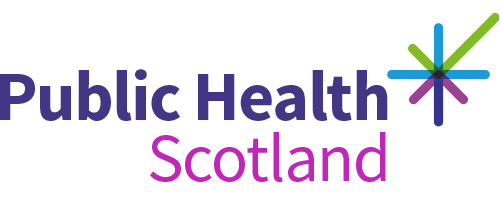Scottish suicide information database
A report from the Scottish Suicide Information Database
Accredited official statistics
About this release
This release by Public Health Scotland (PHS) presents data on deaths due to probable suicide registered with the National Records of Scotland (NRS) during the 14-year period 2011–2024. The main report presents analysis of selected information held in the Scottish Suicide Information Database (ScotSID). There is a particular focus on contact with healthcare services.
Main points
- During the period 2011–2024, 10,546 individuals aged 5+ died by suicide in Scotland. The average annual crude suicide rate over this period was 14.8 per 100,000.
- Overall, the annual crude rate of suicide has fallen from 17.6 per 100,000 (with 880 deaths) in 2011 to 13.3 per 100,000 (with 692 deaths) in 2024. This was the lowest annual crude rate since 2017 (13.0).
- Just under three-quarters (73.3%) of individuals in the cohort were male, and the ratio of male:female suicide rates (M:F ratio) was 2.9 for the period 2020–2024.
- Almost half (44%) of individuals in the cohort were aged 35–54 years at death.
- Just under three-quarters (73.3%) of individuals in the cohort aged 16+ were single, widowed or divorced. 86.8% were of working age (16–64 years) and, of these, around two-thirds (68.7%) were in employment at the time of death.
- Suicide deaths were 2.6 times more likely among those living in the most socio-economically deprived areas than among those living in the least deprived areas.
- 'Hanging, strangulation & suffocation' was the most common method of suicide and the method used in around half (50.2%) of all cases. This was the most common method of suicide for males, whereas 'poisoning' was the most common method for females.
- Just under half (47.1%) of the ScotSID cohort were in contact with at least one of the nine included healthcare services within the 90 days prior to death. Contact was more common among females (56.6%) than among males (43.6%).
- Overall, an A&E attendance (29.8% of the cohort) was the most common form of contact in the 90 days prior to death.
- Nearly a quarter (22.1%) of the ScotSID cohort had contact with the Scottish Ambulance Service, while around one in seven (14.7%) had contact with NHS 24 during the 90 days prior to death.
- Compared to the general Scottish population, individuals in the cohort were 33.5 times more likely to have had a psychiatric hospital discharge, 6 times more likely to have had an initial assessment by specialist drug services, and 4.6 times more likely to have had a psychiatric outpatient attendance.
- Just over half of individuals in the cohort (52.1%) had at least one mental-health drug prescription issued in the 90 days prior to death (71.4% of females and 45.1% of males).
Background
The overall purpose of ScotSID, which was established in 2009, is to provide a central repository for information on all probable suicide deaths in Scotland. This is to support epidemiology, policy-making and preventive activity.
ScotSID links the finalised NRS death records for probable suicides with selected data sources held by PHS. This release uses linked information on prescriptions, psychiatric outpatient appointments, acute and psychiatric hospital stays, contacts with A&E, unscheduled care services, maternity services, and specialist drug services.
Further information
The next release of this publication will be in 2027.
General enquiries
If you have an enquiry relating to this publication, please contact Andrew Murray at phs.mentalhealthanalytics@phs.scot.
Media enquiries
If you have a media enquiry relating to this publication, please contact the Communications and Engagement team.
Requesting other formats and reporting issues
If you require publications or documents in other formats, please email phs.otherformats@phs.scot.
To report any issues with a publication, please email phs.generalpublications@phs.scot.
Older versions of this publication
Versions of this publication released before 16 March 2020 may be found on the Data and Intelligence, Health Protection Scotland or Improving Health websites.

